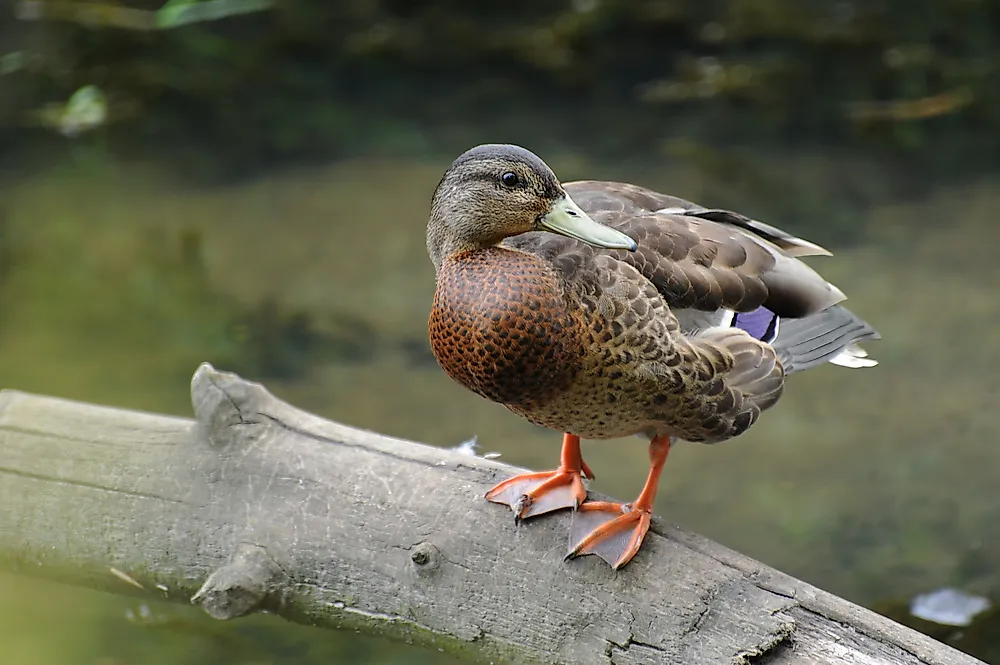Why Do Some Animals Have Webbed Feet?

What Are Webbed Feet?
The term webbed feet refers to a specific type of foot in which the toes are not independent of each other. Instead, webbed feet feature toes that are connected by a piece of skin between them, which prevents the toes from moving individually. In some cases, this skin is so large that it is difficult to differentiate the toes from each other and they instead appear to be fused together. Some individuals refer to this occurrence as webbed toes instead of webbed feet. It is considered common in many animal species, from amphibians to mammals.
Evolution of Webbed Feet
Because webbed feet can be found in such a wide range of unrelated animal species, it is considered a trait of convergent evolution. This type of evolution describes instances in which distinct plant and animal species located in various places around the world develop the same trait over time. Webbed feet have evolved over time in response to a particular need in several animal species, which primarily deals with their reliance on bodies of water for survival. In the majority of cases, the need for webbed feet developed from the need to navigate through water as well as walk across land. The unique structure of this body part allows animals to do both activities with relative ease: propel themselves through bodies of water and walk across solid surfaces. The webbing between the toes allows this type of foot to push against a greater area of water, which gives the animal the ability to swim with greater speed and force. On land, the larger surface area of webbed feet allows animals to walk across less stable surfaces (such as on sandy beaches or through muddy wetlands) without sinking into the ground.
Which Animals Have Webbed Feet?
As previously mentioned, a wide variety of animals have webbed feet, including: mammals, birds, reptiles, and amphibians. Below are a few examples of specific animal species with webbed feet.
Webbed feet tend to be less common in mammals than in other animals given that most mammals spend the majority of their time on land. One unique example of a mammal with webbed feet is the platypus, which is endemic to Australia. The platypus spends approximately half of its time in the water, where its webbed feet help it navigate in search of food. Other mammals with webbed feet include: beavers, nutria, and capybara. Even feline and canine species, from domesticated cats and dogs to wild wolves and tigers, have partially webbed feet.
Aquatic birds are another common type of animal with webbed feet. Some examples of birds with webbed feet include: ducks, geese, pelicans, albatrosses, puffins, and swans. Although aquatic bird species can fly over great distances and can also be found on land, their primary food sources inhabit various bodies of water around the world. Their webbed feet enable them to swim as well as dive in order to fulfill their dietary needs. One unique example of a bird species with webbed feet is the penguin, which is not able to fly. This species spends approximately half of its time in the open ocean, hunting for food.











